2007 Crops Research Centre Research Report
- Date
- 1 November 2007
- Type
- Report
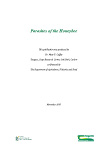
The greatest value of honeybees is in their service as pollinators and this far outweighs their value as producers of honey or honeybee products. In Ireland, the use of honeybees for the pollination of commercial crops is limited and though they facilitate in the pollination of many plants in the countryside; they are kept primarily for honey production. Apiary hygiene and early identification of pests and diseases is crucial in achieving this goal. This publication endeavors to assist beekeepers in detecting, monitoring and treating when possible these diseases in their colonies, thereby improving the general health of bee stocks and subsequently maximizing honey yields.
- Date
- 1 November 2007
- Type
- Factsheet
Proceedings of National Pig Conference 2007
- Date
- 22 October 2007
- Type
- Event Proceeding
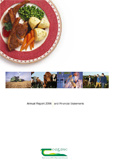
Teagasc has reorganised and invested to position itself to provide the best services to the agriculture and food industries into the future. The organisation continues to underpin the development of a competitive, innovative and consumer focused agriculture sector.
- Date
- 9 October 2007
- Type
- Report
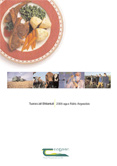
Tá Teagasc tar éis atheagrú agus infheistíocht a dhéanamh chun é féin a a chur sa riocht is go mbeidh sé in ann seirbhísí den scoth a chur ar fáil do thionscal na talmhaíochta agus an bhia amach anseo. Tugann an eagraíocht buntacaíocht i gcónaí d’earnáil talmhaíochta a fhorbairt a bheidh iomaíoch, nuálach agus dírithe ar thomhaltóirí.
- Date
- 9 October 2007
- Type
- Report
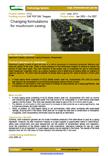
Changing formulations for mushroom casing - 5173
- Date
- 1 October 2007
- Type
- Technology Update
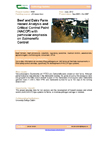
Beef and Dairy Farm Hazard Analysis and Critical Control Point (HACCP) with particular emphasis on Salmonella Control - 5406
- Date
- 1 October 2007
- Type
- Technology Update
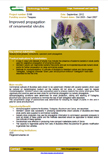
Improved propagation of ornamental shrubs - 5166
- Date
- 30 September 2007
- Type
- Technology Update
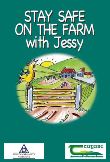
Illustrated safety book for children using Jessy the dog and her three puppies to outline the dangers on farms for children
- Date
- 24 July 2007
- Type
- Booklet
The National Farm Survey is designed to collect and analyse information relating to farming activities as its primary objective. Information and data relating to other activities by the household are considered secondary and as such where this information is presented it should be interpreted with caution. For 2006 there are 1159 farms included in the analysis, representing 113,100 farms nationally. The population is based on the CSO 2005 Farm Structures Survey with farm typology based on the 2002 Standard Gross Margins (SGM).
- Date
- 1 July 2007
- Type
- Report
